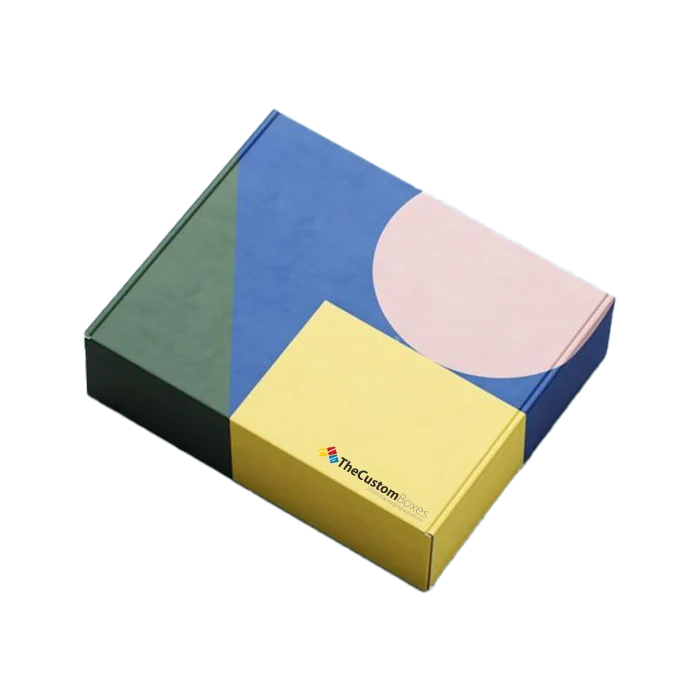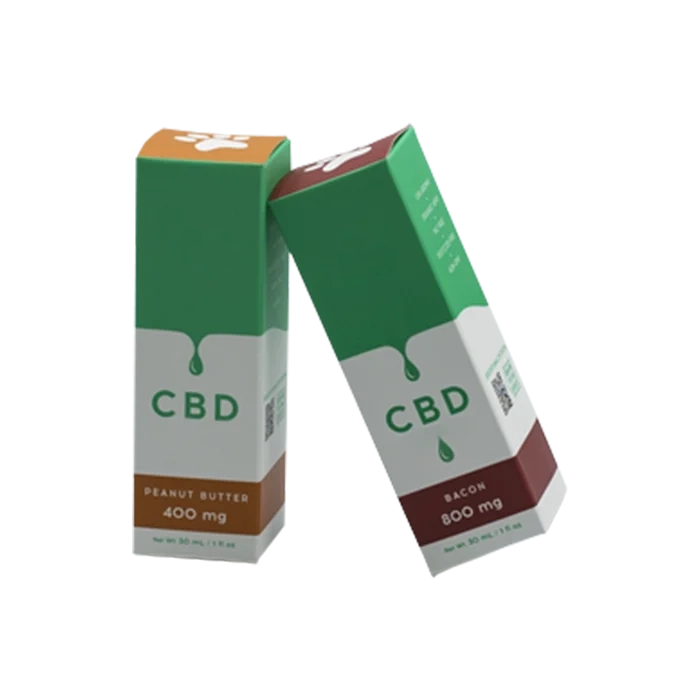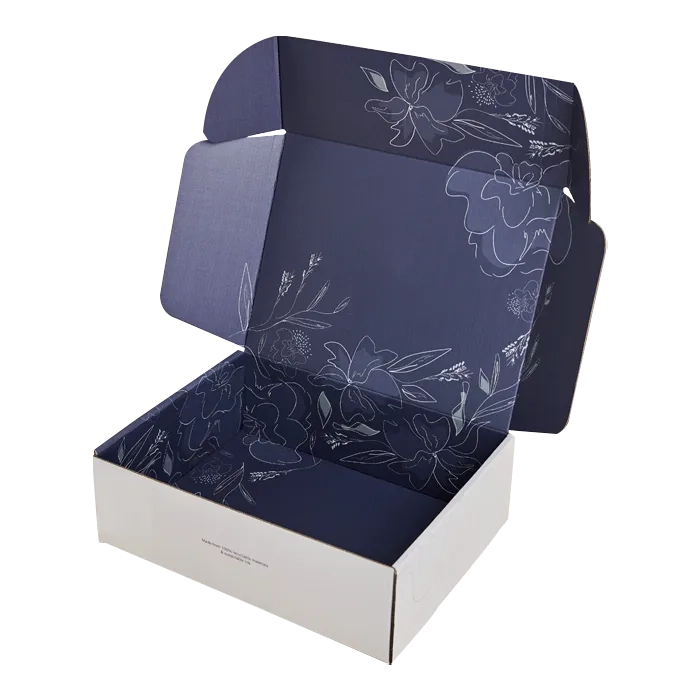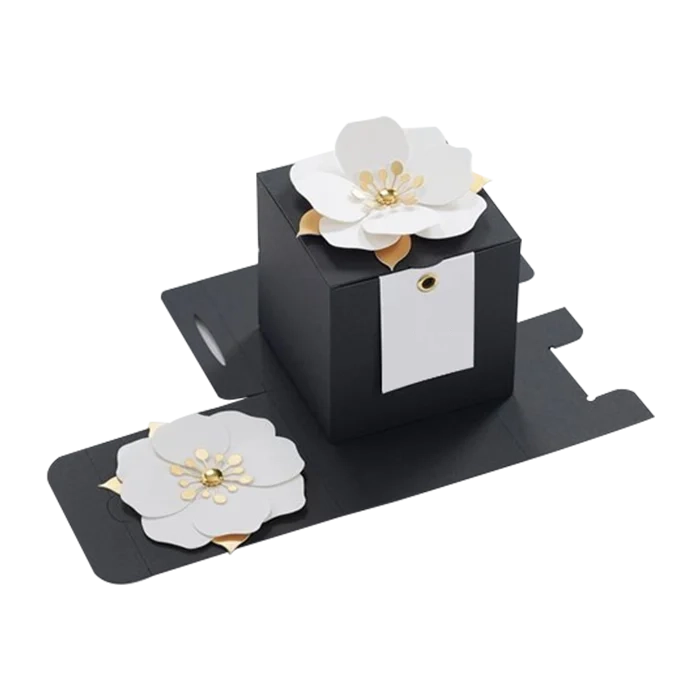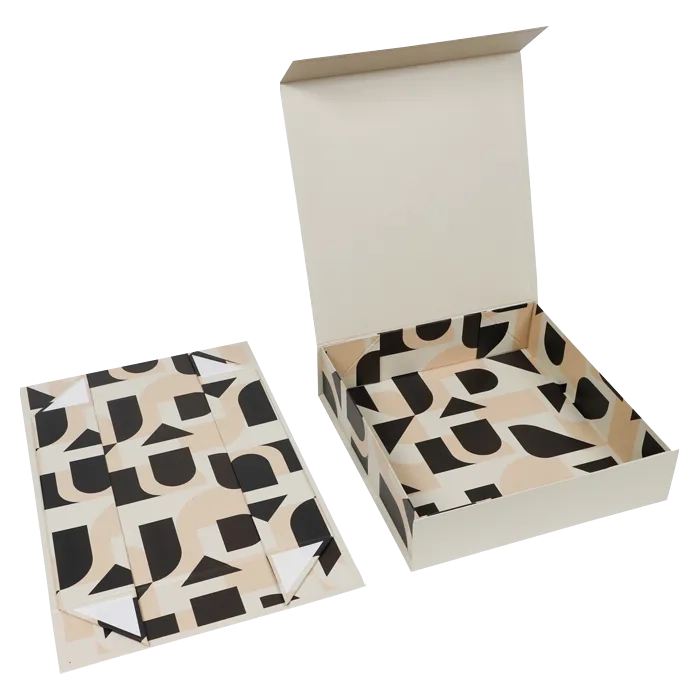As consumers become more environmentally conscious, businesses are increasingly seeking sustainable packaging solutions to reduce their environmental footprint and appeal to eco-minded customers. In this blog post, we will explore various eco-friendly packaging options, the benefits of adopting sustainable practices, and how businesses can effectively implement these solutions.
1. The Growing Importance of Sustainable Packaging The demand for sustainable packaging is on the rise as consumers prioritize environmental impact in their purchasing decisions. Businesses that adopt eco-friendly packaging not only contribute to environmental preservation but also enhance their brand reputation and attract a loyal customer base.
2. Benefits of Sustainable Packaging
- Environmental Impact: Sustainable packaging reduces waste, lowers carbon emissions, and conserves natural resources. By using recyclable, biodegradable, or compostable materials, businesses can significantly minimize their ecological footprint.
- Brand Image: Eco-friendly packaging reflects a brand’s commitment to sustainability, resonating with environmentally conscious consumers. This positive perception can strengthen brand loyalty and differentiate the brand in the market.
- Regulatory Compliance: As governments implement stricter environmental regulations, adopting sustainable packaging helps businesses stay compliant and avoid potential fines or legal issues.
3. Eco-Friendly Packaging Materials
- Recycled Paper and Cardboard: Made from post-consumer waste, these materials are highly recyclable and biodegradable. They are suitable for various packaging needs, from boxes to bags and wrapping.
- Biodegradable Plastics: Derived from natural sources like cornstarch or sugarcane, biodegradable plastics decompose more quickly than traditional plastics, reducing plastic pollution.
- Plant-Based Materials: Packaging made from plant-based materials, such as bamboo, hemp, or seaweed, offers a renewable and compostable alternative to conventional packaging.
- Glass and Metal: Both materials are infinitely recyclable and can be reused multiple times without losing quality. They are ideal for packaging products that require durability and preservation, such as food and beverages.
4. Innovative Sustainable Packaging Solutions
- Edible Packaging: Made from natural ingredients like seaweed, edible packaging can be consumed along with the product, eliminating waste entirely.
- Mushroom Packaging: Created from agricultural waste and mycelium (the root structure of mushrooms), this packaging is compostable and offers excellent protection for fragile items.
- Reusable Packaging: Encouraging customers to return and reuse packaging can reduce waste and create a circular economy. Examples include refillable containers and returnable shipping boxes.
5. Implementing Sustainable Packaging in Your Business
- Assess Your Current Packaging: Conduct an audit of your existing packaging materials and processes to identify areas for improvement.
- Set Clear Goals: Establish specific, measurable goals for reducing your environmental impact through sustainable packaging.
- Collaborate with Suppliers: Work with packaging suppliers who offer eco-friendly options and can help you transition to sustainable materials.
- Educate Your Customers: Communicate your commitment to sustainability and educate customers on how to properly recycle or dispose of your packaging.
6. Case Studies: Success Stories of Sustainable Packaging
- Patagonia: The outdoor clothing company uses recycled and biodegradable materials for its packaging, aligning with its environmental ethos.
- Lush Cosmetics: Known for its minimal packaging and use of recycled materials, Lush also offers a packaging return program for customers.
- IKEA: The furniture giant is transitioning to 100% sustainable packaging, including the use of mushroom-based materials.
Conclusion Sustainable packaging is no longer a niche trend but a crucial aspect of modern business practices. By adopting eco-friendly packaging solutions, businesses can reduce their environmental impact, comply with regulations, and meet the growing demand from consumers for sustainable products. Embracing sustainable packaging is not only beneficial for the planet but also enhances brand reputation and drives customer loyalty.

